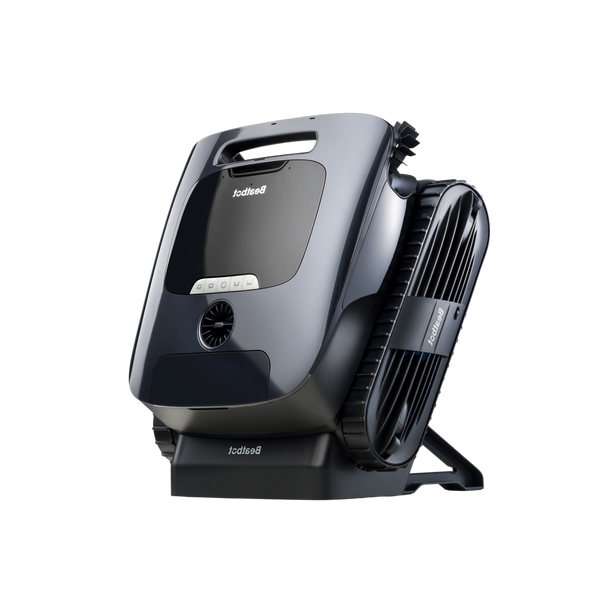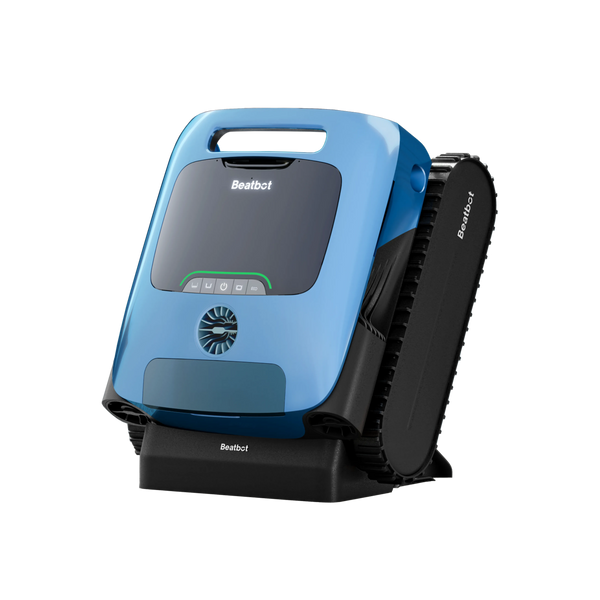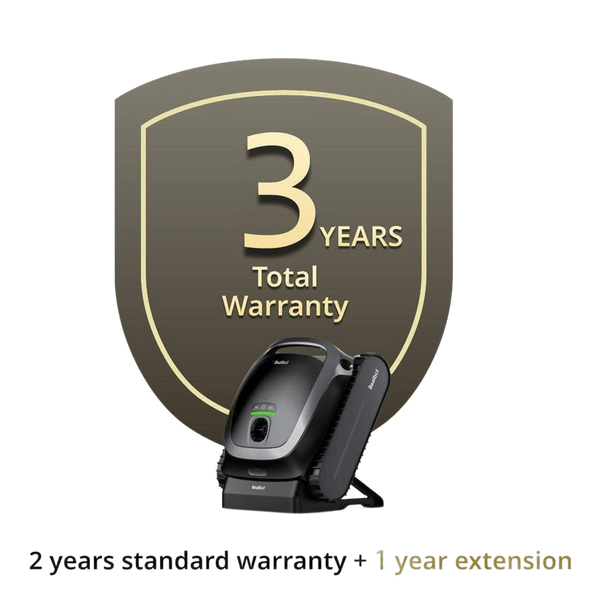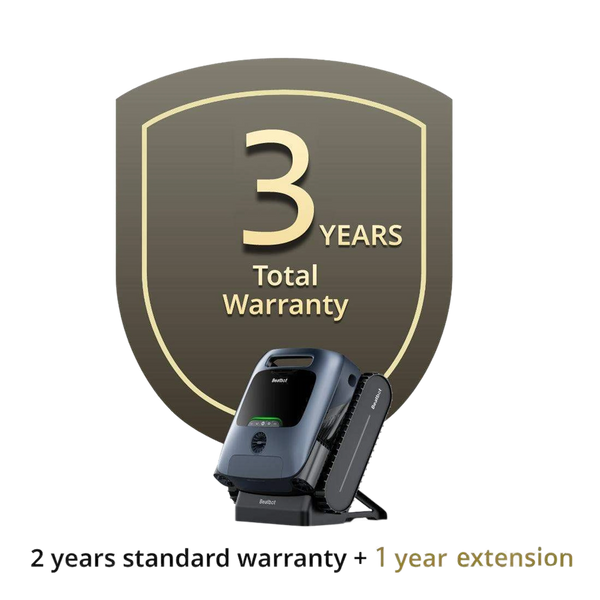Rational Ways to Change the Phosphate Level
How to Control Phosphate Levels and Keep Your Pool Clear with the Right Tools
2024-09-26
As a pool owner, safety is one aspect of swimming pool maintenance that you want to ensure is in check. Part of this responsibility includes knowing the theory behind the mathematical allocation of water chemicals.
If you do not have any trained personnel to provide you with pool services, you may be at a loss as to what to do if your pool has turned green and murky.
This may signify that the phosphate level in your pool is high, but there is no need for panicking. Now, here is all you should know in order to balance the water chemistry in your swimming pool within the shortest time possible to enable you swim comfortably.

What are Phosphates?
Phosphates can be described as organic substances that contain phosphorus, and more specifically a polyatomic ion derived from phosphoric acids.
Pharmaceutical products, lawn care chemicals, and biologicals like small branches or leaf litter are some other applications of phosphates. In other words, as swimmers enter the pool after 'smearing' their desired cosmetics or leave blowing on the pool deck, in that way, even phosphates can get deposited in your pool.
Fortunately, phosphate levels do not pose a danger to the safety levels of a swimming pool. However, in case there is already a certain level of phosphate in the pool, algae would slowly begin to cultivate.
What do Phosphates do to Your Pool?
Phosphates in swimming ma face such a low level that pool water long term is no more than 1.5 bicarbonate-free phosphate. 1.0–1.5 parts per billion is typical of many pools with little or no algae growth and phosphates posing no threat for water quality.
The only true statement of particulate may be added to water that phytoplankton cannot metabolize the presented solutes adequately. This is known as an "algae bloom".
For chlorinated swimming pools, when the phosphate and nitrate levels reach more than 1,000 ppb, it is most likely that the algae in your pool is out of control and the pool water chemistry is out of whack.
With new therapies introduced in medicine, it looks like your expenses are going to increase since more concentrated and expensive chemicals will be needed.
Lastly, also high levels of phosphates will deplete chlorine rapidly which makes the sanitation process more difficult because an adequate concentration of the active agent cannot be retained within the treatment chamber.
Consequently, we suggest hiring a pool maintenance service to keep up with the pool water before the development of algae becomes complicated.
Phosphate and Algae Testing
If you are not sure whether phosphates and algae are present in your pool, a testing kit should be able to assist you in that respect. Basic testing kits for chlorine and PH do not include an additional high phosphate test kit so you will need to buy an additional camping kit. When patients are unable to use any test kit, they can opt to take a water sample for laboratory analysis.
How to Eliminate Phosphates from Pool Water
When the pool water phosphate level exceeds the 1,000 ppb range, some chemicals can be used to lower the phosphorus level. In most instances, you will not require the repair of the phosphate levels in the pool, more so, prevent the accumulation of phosphates in the first place.
The controls mentioned above on the release of phosphates from pool water are installation of an external suctio- yptoor, y vacuum cleaner and regular rinsing out filters. Generally speaking, all these activities are carried out by a po services company. They will perform the prescribed procedures to maintain the clarity and healthiness of the pool as well as the safety of the swimmers.
Is Your Pool Phosphate Level High? Here's How to Make the Necessary Adjustments & Simplifying the Maintenance of Pools Even Further
Beatbot AquaSense Pro Pool Water and Bathing is Water
One particularly critical aspect of keeping your pool clean and safe for use by swimmers is maintaining proper pool chemistry. Fertilizers for lawns, hair products, and other organic debris like leaves contribute to high phosphate levels, which fueling establishment of an algal bloom, filling your clear pool with a green clod murky water.
A simple rule is, the higher the phosphate reading, for example over 1000 ppb, overgrowth of algae begins restricting attention to the pool borehole and increases its cost. Taking phosphate level readings and regularly checking and adjusting them is vital in avoiding all types of algal blooms.

With this in view, the Beatbot AquaSense Pro robotic pool cleaner due to its excellent cleaning capabilities helps in minimizing the accumulation of debris which then helps in nutrients restoration to avoid phosphate accumulation over time.
5 cleaning modes, 9 motors. Its five 4 L water tanks and brushless reciprocating pumps work concurrently and effectively suck and stir to remove unwanted trash from the swimming pool such as leaves, twigs, and algae free. No leaves, no twigs, no algae has the slightest chance of settling in your pool with this powerful brushless main pump motor which delivers up to 5500 gph suction.
Since that the Beatbot AquaSense Pro has the best intelligent path optimization carried by a quad core 1.8GHz processor, it comes up with the best cleaning paths as well as greater efficiency with double roller brushes.
Furthermore, its handheld submersible flushing unit has a cordless submarine drive and runs for considerably more than is typical. E.g. during fatigue from algae on walls that need removing every day, dry debris scrape from floors, AquaSense Pro gives quite easy control via Beatbot App and is eco-friendly.
Performing routine phosphate testing and using the improved features of the Beatbot AquaSense Pro, one will be able to keep the swimming pool clean water & clean without any algae infestations all year round.
Relative Blogs
About the author



















